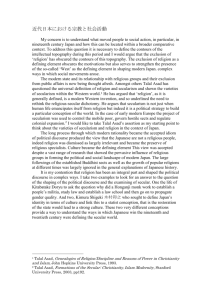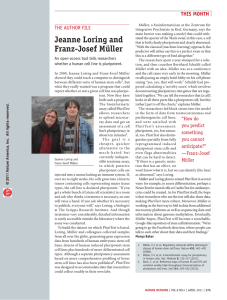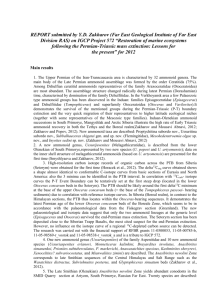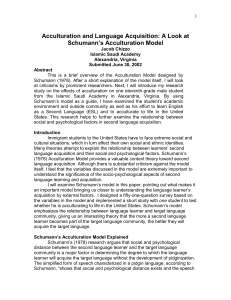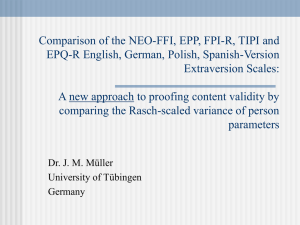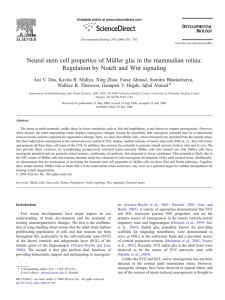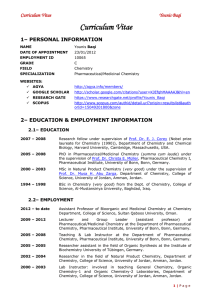Response to Richard Fox`s “Religion, Media, and Cultural Studies
advertisement
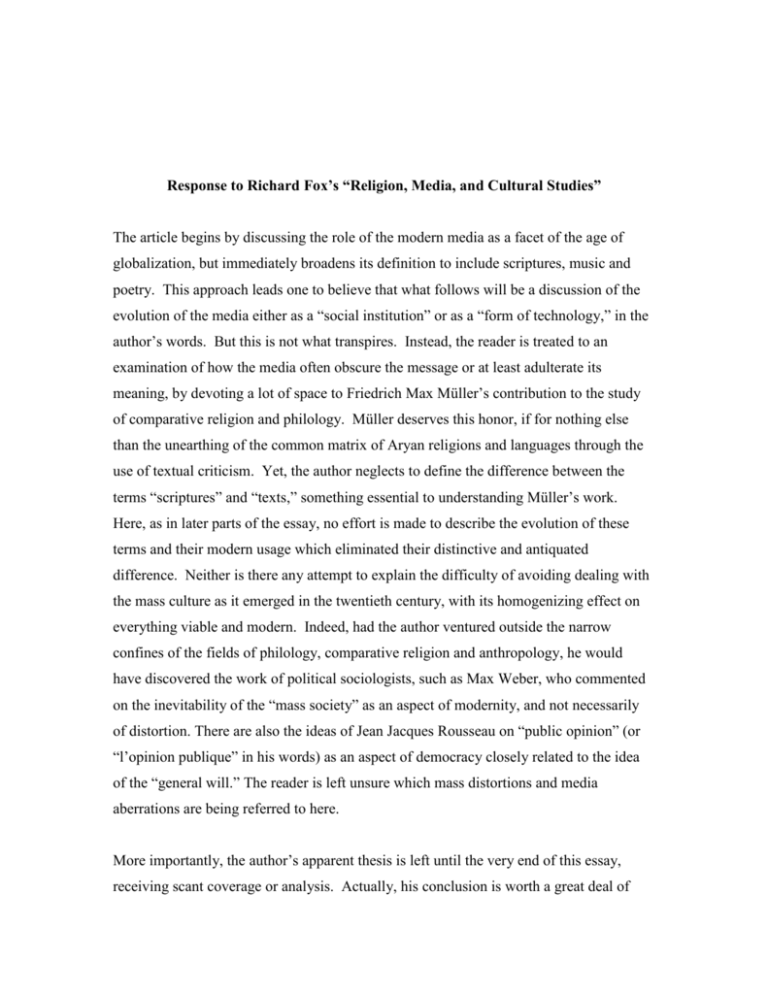
Response to Richard Fox’s “Religion, Media, and Cultural Studies” The article begins by discussing the role of the modern media as a facet of the age of globalization, but immediately broadens its definition to include scriptures, music and poetry. This approach leads one to believe that what follows will be a discussion of the evolution of the media either as a “social institution” or as a “form of technology,” in the author’s words. But this is not what transpires. Instead, the reader is treated to an examination of how the media often obscure the message or at least adulterate its meaning, by devoting a lot of space to Friedrich Max Müller’s contribution to the study of comparative religion and philology. Müller deserves this honor, if for nothing else than the unearthing of the common matrix of Aryan religions and languages through the use of textual criticism. Yet, the author neglects to define the difference between the terms “scriptures” and “texts,” something essential to understanding Müller’s work. Here, as in later parts of the essay, no effort is made to describe the evolution of these terms and their modern usage which eliminated their distinctive and antiquated difference. Neither is there any attempt to explain the difficulty of avoiding dealing with the mass culture as it emerged in the twentieth century, with its homogenizing effect on everything viable and modern. Indeed, had the author ventured outside the narrow confines of the fields of philology, comparative religion and anthropology, he would have discovered the work of political sociologists, such as Max Weber, who commented on the inevitability of the “mass society” as an aspect of modernity, and not necessarily of distortion. There are also the ideas of Jean Jacques Rousseau on “public opinion” (or “l’opinion publique” in his words) as an aspect of democracy closely related to the idea of the “general will.” The reader is left unsure which mass distortions and media aberrations are being referred to here. More importantly, the author’s apparent thesis is left until the very end of this essay, receiving scant coverage or analysis. Actually, his conclusion is worth a great deal of emphasis, to wit, that there is a generation of Third World Western-trained scholars who are resisting the European and American claim of having uncovered the universal principles of classifying knowledge. What these dissenters reject is the Western insistence on the commonality of the human experience, by insisting on the primacy of difference. My own understanding of the article’s three last pages, and regrettably there is no formal conclusion here, is that “there cannot be a universal definition of religion,” in Talal Asad’s words. This should have been the main focus of this study. Had the author rearranged his ideas in a manner privileging this thesis, rather than arriving at his conclusion circuitously through fastening his ideas on the role of the media, the reader might have been better served. At best, this study, which often reads like a bibliographic essay, requires a different title to reflect this conclusion. To claim that this essay is written for the well-informed narrow band of students of Western religions, however, will not absolve the author of certain common weaknesses of scholarly writing. Among these are marshalling of several scholarly names without any effort at identifying them except by listing their works in the footnotes, as well as the casual reference to various theories of communication without any overt attempt at explaining or analyzing them. Even if most readers, religious scholars and others, were to recognize such names as Clifford Geertz, von Schlegel, Homer, Wilfred Cantwell Smitth, Talal Asad, Jurgen Habermas and Antonio Gramsci, who would be able to identify such names as the ancient Hesiod, Marshall Macluhan, Jean Baudrillard, Raymond Williams and David Morley except those in the field of modern communications? The same goes for the author’s frequent allusion to the “school of British cultural studies,” “the new media,” and media theory (there are several, ranging from the Soviet theory to that of Tocqueville’s “spiral of silence” theory and many others). In other words, if the focus of this essay is on the role of the media in transmitting ideas and the inherent risk of distortion in such a process, then the essay should have explored these possibilities beyond the narrow confines of religious studies. But, I feel, that the most obvious weakness here is the author’s reluctance, intentional or otherwise, to consider the inevitable role of the media in democratic societies and the need to expose the larger number of people to ideas no matter how complex and sacred thy might be. Ghada Hashem Talhami










